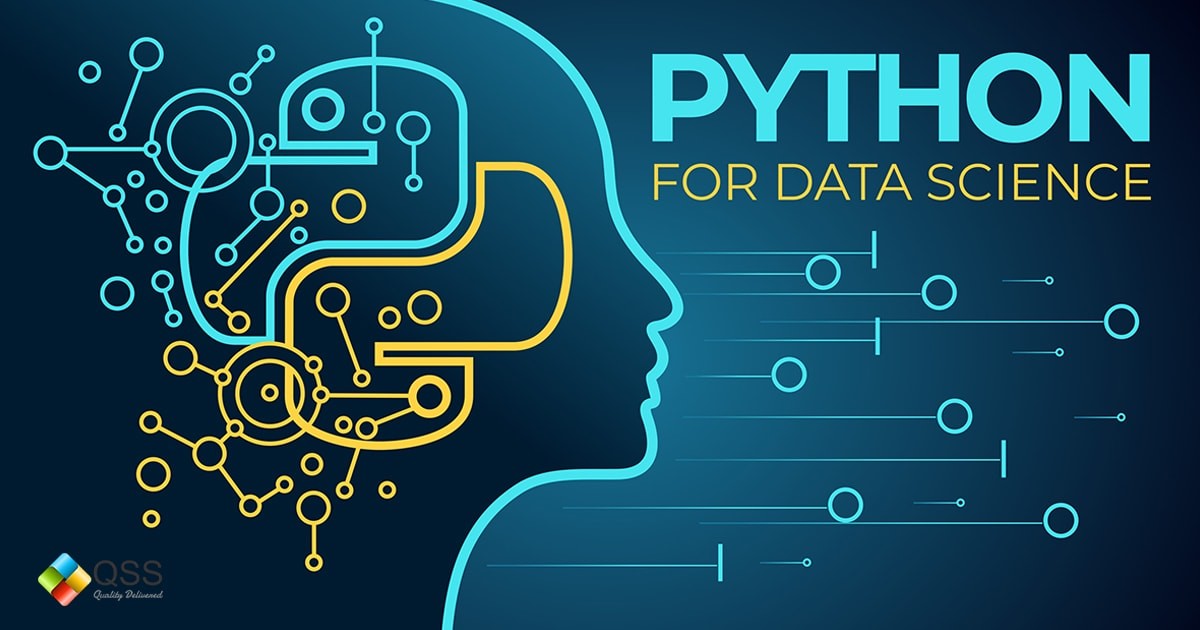Data science has become an integral part of various industries, and Python, with its rich ecosystem of libraries, plays a pivotal role in this field. This article provides a comprehensive guide to the essential Python libraries for data science, organized into categories based on their primary functions.
Introduction
Python’s popularity in data science is largely due to its extensive set of libraries that facilitate data manipulation, analysis, visualization, and machine learning. These libraries offer robust tools that streamline the workflow of data scientists and analysts.
Data Manipulation and Analysis
Pandas
Pandas is one of the most widely used libraries for data manipulation and analysis. It provides data structures like Series and DataFrame, which are crucial for handling and analyzing structured data. Key features include:
- DataFrame operations: Efficient handling of large datasets, with functionalities for merging, reshaping, and aggregating data.
- Data cleaning: Tools for handling missing data, duplicate data, and data transformations.
- Data alignment: Easy alignment of data from different sources and formats.
NumPy
NumPy (Numerical Python) is foundational for numerical computing in Python. It offers:
- N-dimensional arrays: Support for large, multi-dimensional arrays and matrices.
- Mathematical functions: A comprehensive collection of mathematical functions to operate on arrays.
- Linear algebra operations: Capabilities for matrix operations and linear algebra.
Data Visualization
Matplotlib
Matplotlib is a plotting library that produces static, animated, and interactive visualizations. Key aspects include:
- Plot types: Support for a wide range of plot types, including line plots, scatter plots, bar charts, and histograms.
- Customization: Extensive customization options for figures, axes, and plot elements.
- Integration: Works well with other libraries like NumPy and Pandas.
Seaborn
Seaborn, built on top of Matplotlib, offers a high-level interface designed for creating visually appealing and informative statistical graphics. Features include:
- Statistical plots: Built-in support for complex statistical visualizations like violin plots, pair plots, and heatmaps.
- Themes: Attractive default themes and color palettes for aesthetically pleasing plots.
- Integration: Seamless integration with Pandas DataFrames.
Plotly
Plotly is known for creating interactive and web-based visualizations. Key features include:
- Interactive plots: Support for interactive charts that can be embedded in web applications.
- Plot types: Extensive range of plot types, including 3D plots and geographical maps.
- Dashboards: Capabilities for building interactive dashboards using Plotly Dash.
Statistical Analysis
Scipy
SciPy (Scientific Python) extends NumPy by offering additional functionalities for scientific and technical computing, including advanced algorithms and functions for optimization, integration, and signal processing. Its features include:
- Optimization: Algorithms for optimization and root finding.
- Statistics: Tools for statistical analysis and hypothesis testing.
- Signal processing: Functions for signal processing and interpolation.
Statsmodels
Statsmodels is used for statistical modeling and hypothesis testing. It offers:
- Statistical models: Implementation of various statistical models including linear regression, logistic regression, and time-series analysis.
- Statistical tests: Tools for conducting statistical tests and diagnostics.
- Data exploration: Features for exploratory data analysis and model diagnostics.
Machine Learning and Deep Learning
Scikit-learn
Scikit-learn is a versatile library for machine learning that offers:
- Algorithms: A wide range of algorithms for classification, regression, clustering, and dimensionality reduction.
- Model selection: Provides tools for evaluating and selecting models, including techniques for cross-validation and hyperparameter tuning.
- Preprocessing: Functions for data preprocessing, feature extraction, and scaling.
TensorFlow
TensorFlow is an open-source library developed by Google for machine learning and deep learning. Its features include:
- Deep learning: Support for building and training neural networks and deep learning models.
- Flexibility: High-level APIs (like Keras) and low-level operations for detailed control over model building.
- Deployment: Tools for deploying models to production environments.
PyTorch
PyTorch is a widely used deep learning library renowned for its dynamic computation graph, which allows for flexible and intuitive model building and experimentation. Key aspects include:
- Dynamic graphs: Support for dynamic computation graphs, which makes it easier to work with variable input sizes and complex architectures.
- Ease of use: A more intuitive and user-friendly interface compared to TensorFlow.
- Research-friendly: Preferred in academic and research settings due to its flexibility and ease of experimentation.
Big Data and Distributed Computing
Dask
Dask is a parallel computing library that extends the capabilities of NumPy and Pandas to larger datasets. Features include:
- Parallel computing: Ability to scale data processing tasks across multiple cores or distributed systems.
- Integration: Compatibility with existing NumPy and Pandas code, allowing for easy scaling of existing workflows.
- Task scheduling: A task scheduler that supports complex workflows and dependencies.
PySpark
PySpark is the Python API for Apache Spark, a powerful engine for big data processing. It offers:
- Distributed computing: Support for processing large datasets across a distributed cluster.
- DataFrame API: A familiar DataFrame API similar to Pandas, but designed for big data.
- Integration: Integration with other big data tools and ecosystems, including Hadoop.
Conclusion
The Python ecosystem for data science is vast and continuously evolving, with libraries that cater to a wide range of needs—from data manipulation and visualization to advanced machine learning and big data processing. Mastery of these libraries can significantly enhance a data scientist’s ability to analyze and interpret data effectively.
For those looking to gain hands-on experience with these libraries and tools, enrolling in a data science training course in Noida, Delhi, Gurgaon, Lucknow, and other cities located in India can provide valuable practical insights and skills. As technology advances, new libraries and tools will continue to emerge, further enriching the Python data science landscape. Staying updated with the latest developments and continually refining skills with these libraries will be crucial for anyone looking to excel in the field of data science.
